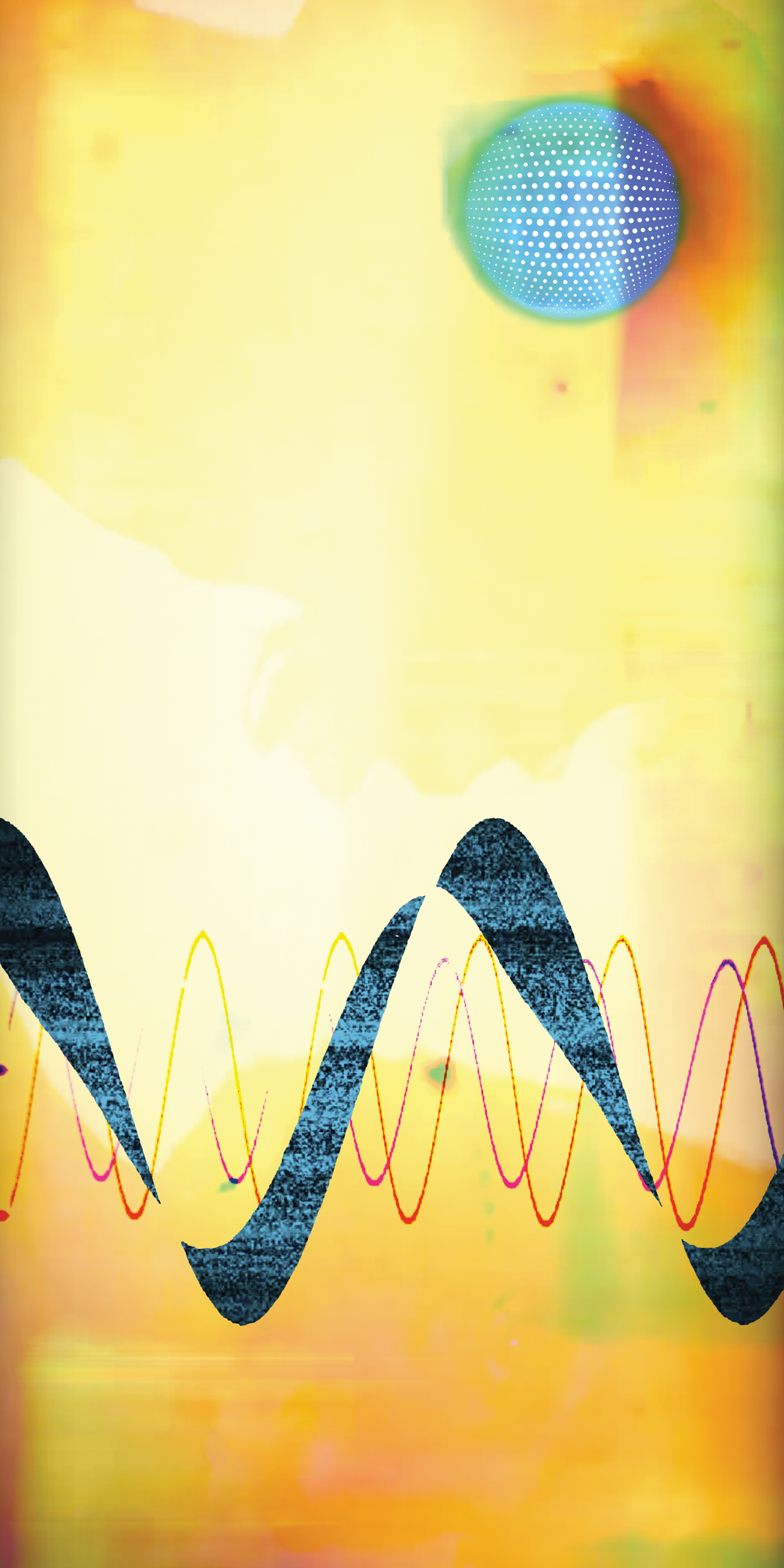When a pair of Audix’s new high-end A127 omnidirectional small diaphragm metal film condensers arrived in the mail, it took me a minute to put them into rotation; I felt as if I was waiting for a special occasion. I generally gravitate towards audio equipment with its own distinct color, so I tend to only reach for the clean and pristine tools when I am in an awe-inspiring acoustic space or when I have the time to position all the players in the room most optimally around a clean stereo room mic. I was wrong.
I first put up the pair of A127 for a string quartet session, aligned as a spaced pair on a stereo bar at about ear height, centered in the circle of the four string players. Though I had close mics on each instrument, the moment I pulled up the faders on the pair of A127s, it felt as if I had turned the lights on. My studio, Goosehead Palace, is a mid-sized space with high, angled ceilings – it has a lovely and functional room sound, but Ocean Way it is not. So, for most sessions I end up pushing my room mics with saturation (and sometimes compression) rather than opting for a clean, natural room sound. However, the Audix A127 – in nearly every configuration I tried – captured a rich, detailed, and (most importantly) flattering room sound that beautifully complemented the close mics on every source.
The A127s are small and lightweight, with a slightly tapered top that terminates in a half-inch omnidirectional capsule. Each microphone comes with a simple case, a low-profile clip that is easy to adjust and lock into place, and a small pop filter. Personally, I would like to see a stereo package in a single case with a well-considered stereo bar and a stereo XLR cable, but that’s a small complaint.
What impressed me most about the A127 was how it blended with close mic’d sources – even when those close mics had heavy processing or other effects. I got an incredible drum sound with a kick mic, a smashed overhead ribbon, and an A127 a few feet off the ground facing up and away from the kit. Electric and acoustic guitars sounded wonderfully detailed and three-dimensional, particularly with a touch of compression on the close mic, which allowed the A127 room mics to speak when the guitarist dug in. For a bluegrass-leaning instrumental cello and fiddle duo, the A127 offered much more clarity and focus than a similarly placed AEA R88 [Tape Op #96], but also felt much more nuanced and dynamic than a vintage pair of Microtech Gefell MV692s with M93 omni capsules. I rarely felt the need to reach for EQ with the A127s, though they responded to it favorably. Their transformerless design offers a ton of dynamic range with a negligible noise floor. I never found them to be too bright, harsh, or unforgiving for my taste – a baseless preconception I had harbored that probably would have prevented me from ever trying these if they hadn’t shown up at my door for review.
Since that initial string quartet session, I haven’t taken down the pair of A127s. I’ve used them as room mics on harmony vocal sessions, piano, percussion, fiddle, and organ. Mainly, I’ve been using them while engineering my own guitar overdubs. The nuanced sense of space I was able to capture and the detail of the dynamic reaction of the room as I play acoustic or electric has been inspiring and tremendously effective. I should note it was the blend of the A127 room mics with the close mics that I found most compelling, though I’m sure in a classical or film scoring environment – especially a church or a hall – the A127 would shine in the sonic spotlight. That said, I’ve seldom used a pair of room mics with this level of detail and richness that complements and illuminates each source the way that a pair of A127s do.




_disp_horizontal_bw.jpg)